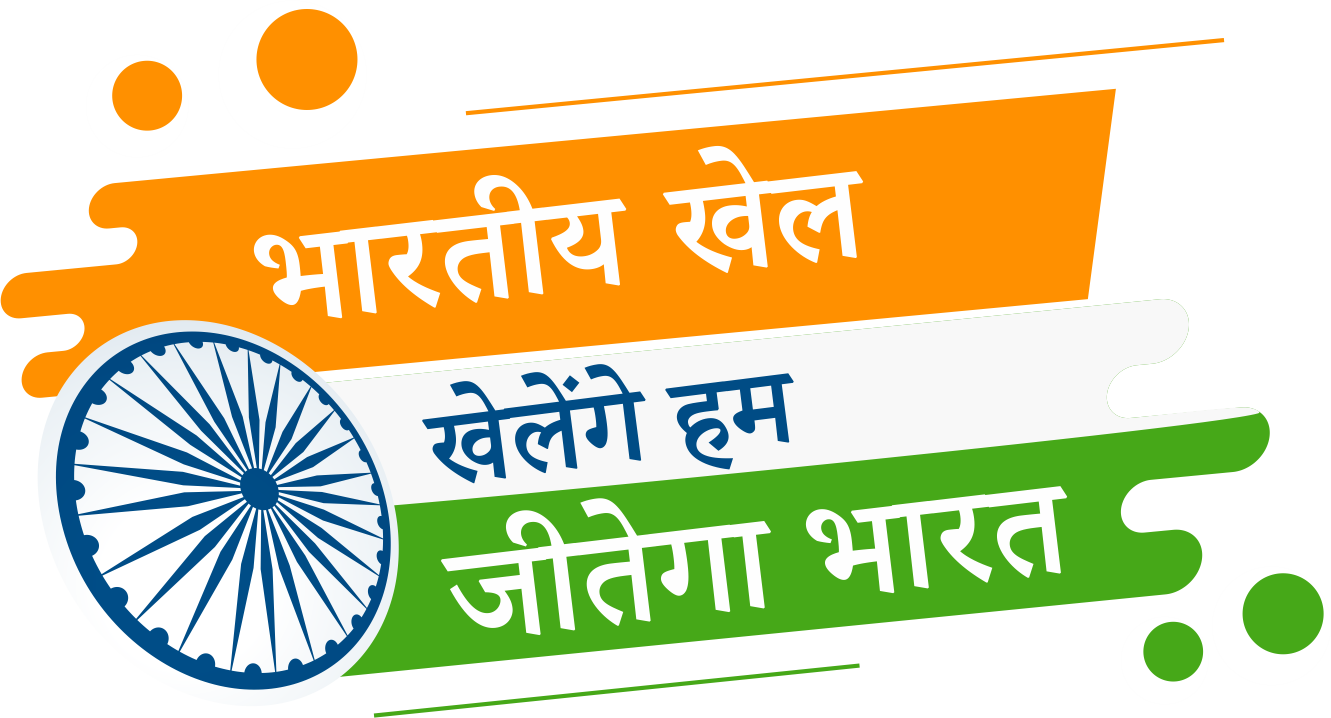Sagol kangjei
Introduction
It is said that the game of sagol kangjei started during the reign of Kangba, who is considered the first king of Manipur. Kangjei means Kangba’s stick, and sagol means a horse. Sagol kangjei literally means hockey on horseback. Kangba is a round object like a ball, and Jei is the stick for hitting the object. This ancient game is also called the mother of modern polo.
Two teams with seven players each play the game, and each player is equipped with a jei, a wooden stick, 4 to 5 feet long, made of cane wood. A 1-foot long piece of wood is fixed at one end to form a T-shape. Players strike the ball with the T-shaped end. The ball is about 3 inches in diameter, made of bamboo roots. The players ride horses/ponies to play and hit the ball out of the goal boundary.Sagol Kangjei, considered the origin of modern polo, is a traditional game from Manipur, India. Played on horseback, it combines agility, speed, and precision. Here’s a comprehensive guide on how to play Sagol Kangjei:
The Play
The objective of the game: Teams aim to score goals by striking the ball into the opponent’s goal using the kangjei.
Players: Two teams with 7 players each. Each player is mounted on a horse.
Field: The field is rectangular, about 600 feet long and 360 feet wide. Goalposts are placed at each end of the field.
Equipment needed
Ball: Made of bamboo root, lightweight and easy to maneuver.
Kangjei (Stick): A long cane stick with a curved head for hitting the ball.
Protective Gear: Traditional attire includes a turban for head protection and leather guards for the knees and legs.
Duration: The match is divided into two halves, with a short break in between. Each half typically lasts 20–30 minutes.
The game begins with the ball placed at the center of the field, and players from both teams rush to gain possession. Players use their kangjei to hit the ball while riding at high speed.
Horses are maneuvered skillfully to chase the ball, block opponents, or defend the goal. The ball can be hit forward, sideways, or backward, depending on the situation.
Rules
Scoring: A team scores a goal when the ball passes between the opponent’s goalposts.
Safety: Riders must maintain control of their horses and avoid dangerous collisions. Players must not strike another rider or horse intentionally.
Fouls: Crossing another rider’s path or using the stick dangerously results in penalties.
Out of bounds: If the ball goes out of bounds, play is restarted from the point it left the field.
Unique features of the game:
Team coordination: Success in Sagol Kangjei relies heavily on teamwork and precise communication between players.
Horse riding skills: Riders must have excellent equestrian skills to control their horses during fast-paced action.
Cultural elements: The game often begins with rituals and prayers to ensure the safety of players and horses, reflecting its deep cultural significance in Manipur.
Cultural significance
- Historical Roots: Sagol Kangjei is believed to have been played by Manipuri royalty and warriors as a martial training exercise.
- Traditional Attire: Players wear colorful traditional clothing, adding a visual spectacle to the game.
- Festive Occasion: The game is often played during major festivals, such as Lai Haraoba and Yaoshang, symbolizing celebration and unity.
Key Takeaway:
Sagol Kangjei is not just a game but a cultural heritage that showcases Manipuri traditions, horsemanship, and teamwork. It is thrilling to watch and play, embodying both the spirit of sport and the artistry of a rich cultural legacy.
Address
Bharatiya Khel
Indian Knowledge Systems (IKS) Division
Ministry of Education (MoE),
Government of India,
Our office is located in
All India Council for Technical Education (AICTE)
Nelson Mandela Marg,
Vasant Kunj,
New Delhi-110070

